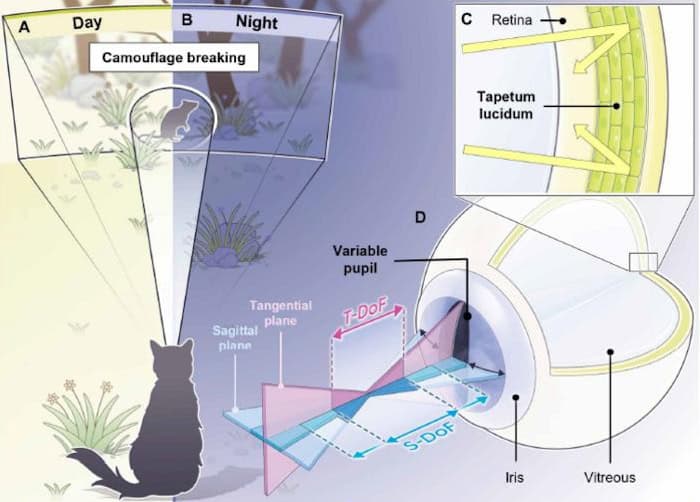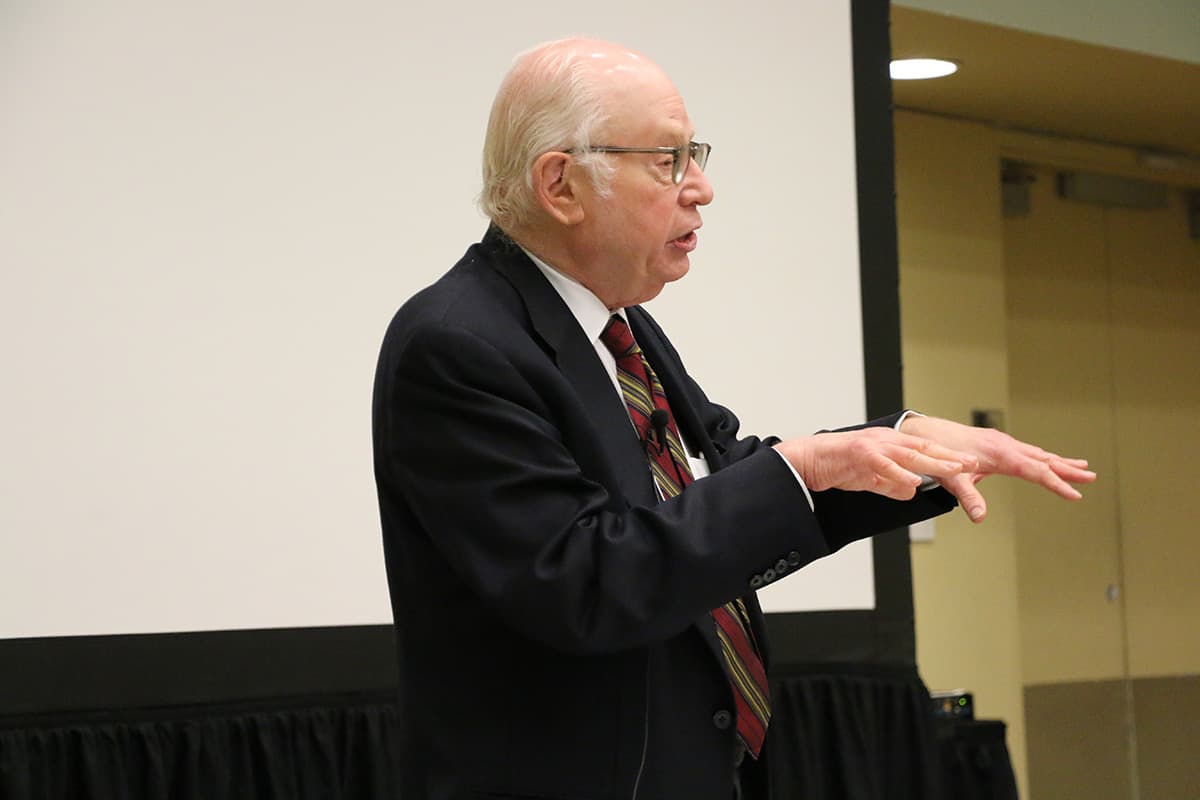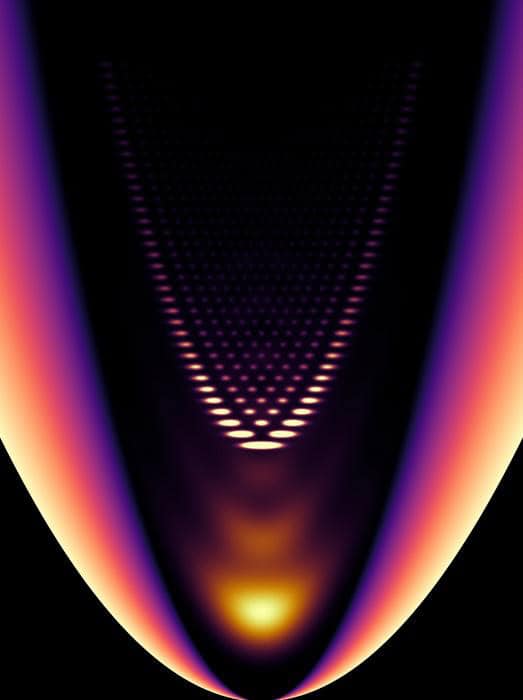Biased collaboration and citation patterns are responsible for driving the gender gap in physics. That is according to a new study, which finds that poor female representation persists due to established male physicists preferring to work with early-career male researchers. The study’s authors say that integrating young female physicists into established networks could help to tackle the under-representation of women (Communications Physics 7 309).
The gender gap in physics is one of the largest in science and recent research suggests that it could take couple of centuries until there are equal numbers of senior male and female physicists.
Keen to understand the network dynamics behind the gap, Fariba Karimi at the Complexity Science Hub in Austria and colleagues analysed 668,028 papers published in American Physical Society journals between 1893 to 2020 and 8.5 million citations.
They deduced with “high confidence” the genders of 136,598 first authors in the APS dataset and used this data to construct citation and co-authorship networks.
Despite rising overall numbers of female physicists and female-led papers, the authors find that the ratio of male to female first authors and researchers has remained stable for decades. In fact, the gender gap in absolute numbers appears to be growing.
The researchers then developed a model of the citation and co-authorship networks to explore how the “adoption” of new members by established members impacts network growth.
Small changes
The model focused on two mechanisms. One is “asymmetric mixing” – the inclination of people to adopt people like themselves. The other is general preferential attachment, or the idea that established network members attract more connections.
The model mirrors real-world dynamics and shows that these mechanisms and adoption behaviours cause group ratio inequalities to persist. In the case of physicists, the gender imbalance continues because male physicists are more likely to collaborate with and cite their male counterparts.
Compared with women, men entering the network are more likely to be adopted by those who are already well established in the network, which tends to be men. This trend has been shown elsewhere with research in 2022 finding that male-led papers are more likely to cite male-led work. Gender gap in physics among highest in science
The team then used their model to show how small changes to a two-group system can alter the group balance. They find that if the simulation’s mixing values – such as adoption behaviours – are altered slightly in favour of a smaller, less dominant group, that group’s size quickly catches up with that of the dominant group.
Karimi says that it is “not just about having more women” but also about how they are integrated into networks. “In real systems, it’s not as simple as someone coming and connecting to others in a network,” adds Karimi. “It is also a matter of who takes in the newcomer and adopts him or her into their personal network.”
To alter the network dynamics, the study authors suggest interventions such as creating opportunities for junior women to collaborate with senior men and giving female researchers more opportunities for funding and promotion. “If we don’t take these interventions soon, this gap will not close very easily,” says Karimi.



